I was off a slow start so I’m trailing behind. My intention was to peruse the translation by Royall Tyler. I have found Edward Seidensticker’s writing more accessible to the understanding of the plot. Like any epic novel that covers a continuous period in history, The Tale of Genji does not follow a structure of plot. The book just unfolds as characters age naturally on a chronological path. Some of my observations and thoughts:
- Although Genji was the Emperor’s most beloved son, but that his mother did not belong to the first rank in the court, she was deprived of backing. The emperor’s doting on her after Genji’s birth only accelerated her fall because her detractors were many. Once again it shows that palace is notoriously a web of conflicting backroom politics. Every dalliance is an act of political consequence.
- The Tale of Genji depicts court life in 11th century, the Heian era of Japanese history. That it was contemporary of the Tang Dynasty in China, numerous references are made to Chinese poetry, which achieved its golden age during Tang Dynasty. Numerous references to Yang Kuei-fei, one of the Four Beauties in ancient China, are made to illuminate that ladies are to live in a life with no luster. They are to submit and to feign ignorance.
- Genji’s flight from one love affair to another is distantly reminiscent of that of Jia Bao-yu in The Dream of the Red Chambers, the greatest epic novel ever written in Chinese history. But obviously Genji has predated by at least six centuries. His dangerous passion and romantic impulses have rendered him wasted. Maybe the source of his restlessness is the forbidden love between him and Fujisubo, whom his father the emperor has taken as a concubine after Genji’s mother died.
- One of the most confusing aspects of the book is the anonymous girls, women, mistresses, and daughters that are dotted in the narratives. Only some of the most significant female characters are named. The lack of accountability also suggests how uncertain the world was for women at that time. They were like bits of driftwood at the mercy of men.
- Another theme that is proven to be pivotal in understanding the book is incarnation. “What legacy from a former life could have brought him to this mortal peril?” [ES translation p.78] Genji himself is caught up in the ever turning wheel of pessimistic Buddhism. Through his purposeless navigation from one affair to another, a sense of evanescence is evoked from the reading.
Further Reading:
Jackie’s First Impressions
CB James’s Thoughts
Filed under: Books, Japan, Literature, The Tale of Genji | Tagged: Books, Chapters 1-4, Classics, Edward Seidensticker, Japanese Literature, Literature, Murasaki Shikibu, Royall Tyler, The Tale of Genji, translated literature |















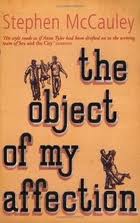





















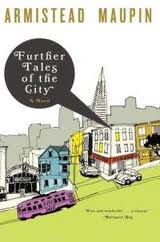









































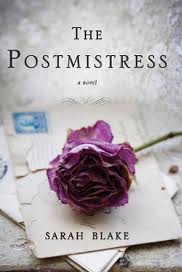












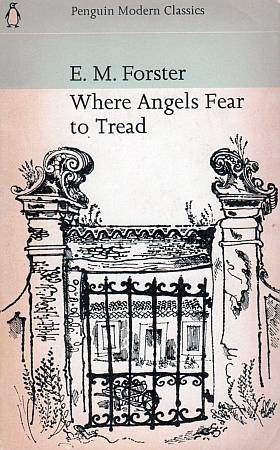















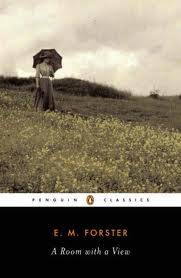








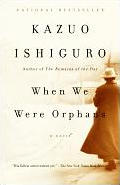

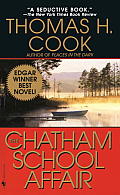




















































































































































There are so many characters that I need to draw a chart for better navigation between the chapters! Also most of the time the characters are mentioned not by name but by their rank, which makes things a bit difficult as well.
It seems to me, for now anyway, that the plot is mostly consist of Genji moving from one beautiful women in a dreamlike scene to another one.
I am very interested by your switch in translations. Would you be able to give us some quotes showing translations from each book side by side?
I am having real trouble following the plot, so am wondering why Seidensticker’s translation is easier. It isn’t the words I am having trouble with, it is the number of characters, and the structure of society.
Where are you planning to read to next week?
I am actually enjoying following you, James and Jackie on this journey. I’m not sure I’d make it through myself, but this is the next best thing.
I’m picking this one up from my library on Monday so not sure what translation it will be. I’m not sure how I am going to go with this book but I will give it a try. Thanks for your thoughts so far.
Thanks for your comments here, Matt. The background information is interesting and useful. I know something of the period from The Pillow Book and the few chapters about it in the history text book I use with my 7th graders.
The textbooks does mention both Genji and The Pillow Book, but does not describe how racy the two are.
Thank you for the background information – and for putting into words some of the thoughts that are floating around my head after four chapters!
Very helpful. This novel is one that really needs some background. I’m grappling with the notion of a legacy from a former life and how it affects events in the present. I know very little about Buddhism. This is all very interesting and new to me.
eric:
It reads a bit like The Dream of the Red Chambers, except Jia Bao-yu doesn’t plunge in one sexual relationship after another. Names are difficult to keep track because at least Red Chamber is focusing on mostly the two clans. I have included a geneaological chart in the addendum.
Jackie (Farm Lane Books):
I’m planning to read to the end of Chapter 9. The characters make more sense as i read on, as some of them are recurring.
Sandy:
I’m glad you’re following this literary journey. 🙂
Karen:
As long as the edition is unabridged, you should be doing fine. The abridged versions (two of them I think) skip some of the chapters so I do not recommend them for this read along.
CB James:
I was just thumbing at The Pillow Book at the bookstore, and decide to take it home with me! Yes, both were way ahead of its time in terms of moral standards, even though people were polygamous. I was thrilled at Lady Shikibu’s courage to have written it all down. Polygamy was like homosexuality now: don’t ask, don’t tell.
fleurfisher:
That’s so great! I still have to catch up with reading everyone’s thought 🙂
Greg S:
The big wheel of Buddhism doesn’t present itself very clearly in the beginning, but I can see how the novel revolves around ideas of Buddhism.